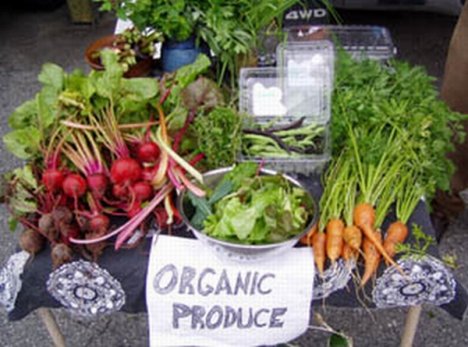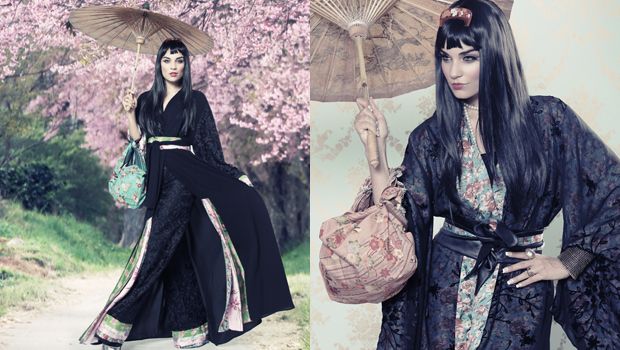نقلاً عن 
Business & Finance Group: It wouldn’t be a fashion week in Dubai, if there weren’t abayas strutting the catwalk. Thanks to Lamya Abedin, the Emirati designer behind the new label Queen of Spades, this wasn’t your usual abaya fashion show.
Abedin’s designs were not only fashion forward, they were also functional and wearable — an issue many abaya designers face when attempting to create innovative designs.
“Designing abayas started as a passion more than a business,” explained Abedin. “It all started two years ago when I was living in Jeddah, Saudi Arabia. I got inspired from Saudi fabrics, designs, workmanship and craftsmanship.”
Consequently, her standards and taste were heightened in Saudi, yet left unsatisfied by the Dubai abaya market. “I wasn’t able to find that ‘one-of-a-kind piece,” she revealed.
This difficulty in finding the same customization in the UAE, ultimately lead her to create her own line of abayas—made up of individual and exclusive pieces. Having built a loyal clientele of socialites and fashionistas who aren’t afraid to stand out — but rather thrive on the attention her unique abayas garner for them — Abedin decided it was time to debut her abaya line at this year’s Dubai Fashion Week S/S 2011.
She showcased her Japanese inspired collection, Hanami, which literally translates to “flower viewing,” and refers to the age-old tradition whose origin begins during the eighth century of the Nara Period in Japan. Today, the people of Japan continue the tradition of Hanami by aggregating in large numbers to hold celebratory feasts and partake in festive processional walks through their country’s blossoming parks.
“Having lived most of my life outside the UAE in various countries, I wanted to take a lesson in the diversity of cultures and create something unique and novel in the fashion industry,” she explained.
The result was a feminine and multicultural enthused collection that gave the national garb a unique fashion aesthetic.
“The exotica of the East has always drawn me,” revealed the designer, as she presented her audience with the 30 new creations. She confessed that she often finds herself examining and manipulating the styles of the traditional kimono.
“Even the Japanese community that I have chanced upon in Dubai and while travelling have somehow found affinity in my designs. All these thoughts culminated into my inspiration when I read about Hanami, the festive ritual of viewing the first blooms of cherry blossom,” said Abedin.
“Abayas resemble kimonos,” she asserted. “Both are garments that are long, loose, and draped, with the intention to cover the body in a conservative manner.”
But, Abedin didn’t merely use their similarities to create just any Asian-inspired floral abaya. The designer, known for her innovative design work, took it a step further with the introduction of a new abaya cut altogether: The two-piece ensemble of loose-fitted trousers paired with a wrap-around top, stylized like a kimono.
The wraparound style dominated her collection and was seamlessly fused with portable sleeves and reversible abayas. This collection also features abayas that can be worn front-side back and vice-versa, living up to Abedin’s style of turning a single garment into multiple looks. “For the first time, I used a charcoal shade of grey as a base color for my abayas,”
Abedin’s latest collection breathes life into her abayas with hues of sky blues, floral pinks, bamboo browns, leafy greens, lemons, yellows, nudes and peaches, which she admits was inspired by scenic images of nature.
She chose silk because of the ethereal movement the fabric allows. To add more authenticity to the Asian look she envisioned, Abedin sourced her fabrics all the way from the land of the rising sun. “There’s little that compares to the feel of Asian silks,” she admiringly professed.
In contrast to the usual fabrics often used in abaya designs, Abedin’s collection consists of softer, textured Japanese suede, hand-painted silks and flimsy chiffons. She juxtaposed many of these delicate materials with heavier velvets, rayon and treated fabrics, including leather. Her adventurous take on fashion dared her to experiment with many natural dyes and handmade fabrics, such as knit jersey, chiffons and lace lycras dyed in cherry water and nature dyes.
True to her cultural inquisitiveness, Abedin borrowed Japanese art forms and weaving techniques and had them implemented into the Hanami Collection. “I met with the Japanese community in Dubai to learn their art of knotting, folding, and foroshiki — the Japanese art of gift wrapping,” revealed Abedin.
She then used those traditional techniques to embellish her abayas with unique fan-sleeves, pleating and folding. “It led me to incorporate cords and bags.”
Abedin’s inclusion of bags in this spring collection was another first for the designer. Sequins, embroidery, crochet and patchwork were used for added panache, while her belts, in the form of ropes and chords, complemented the kimono-styled abayas. “The Japanese possess art in everything they do,” she said.
At the closing of her show — which was well received by both fashionistas and industry insiders — the designer had this to say: “With the Hanami collection I hope to have brought alive yet another of my favorite fashion expressions at a platform [DFW] that provides the region its biggest venue of vogue.”













